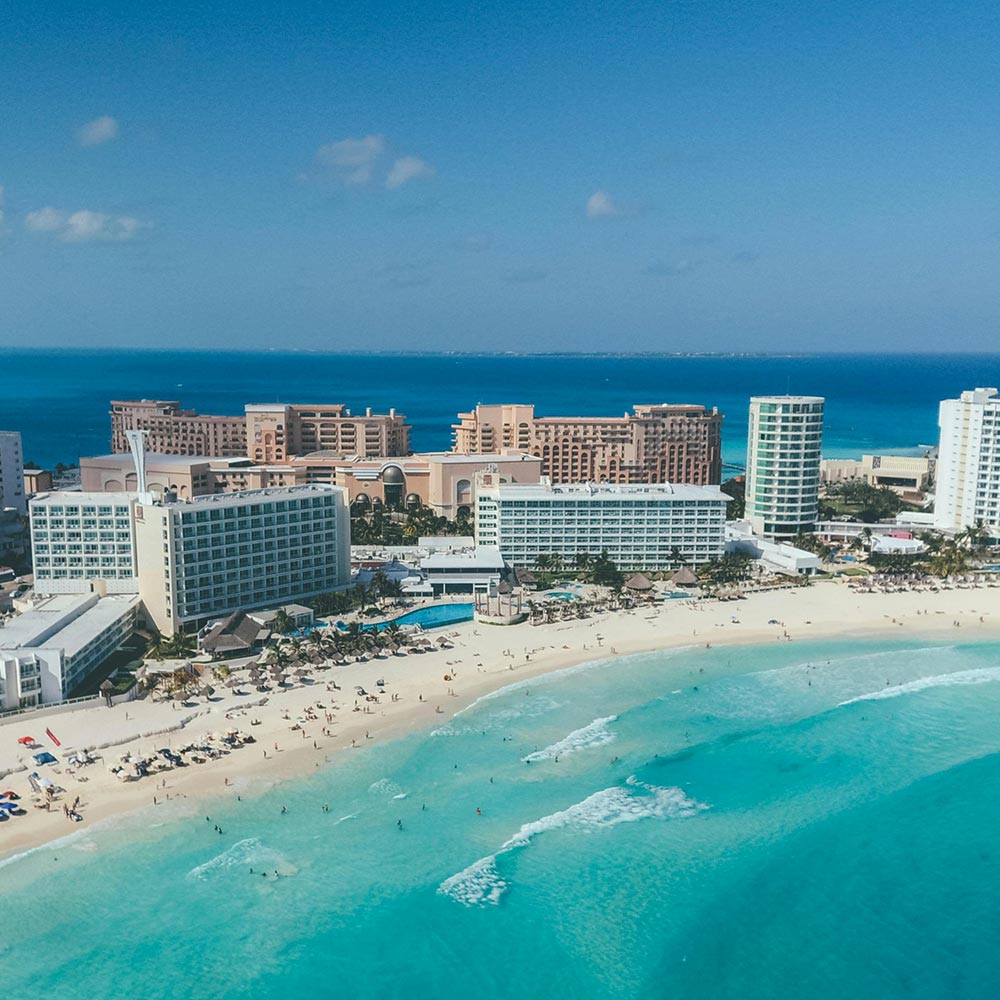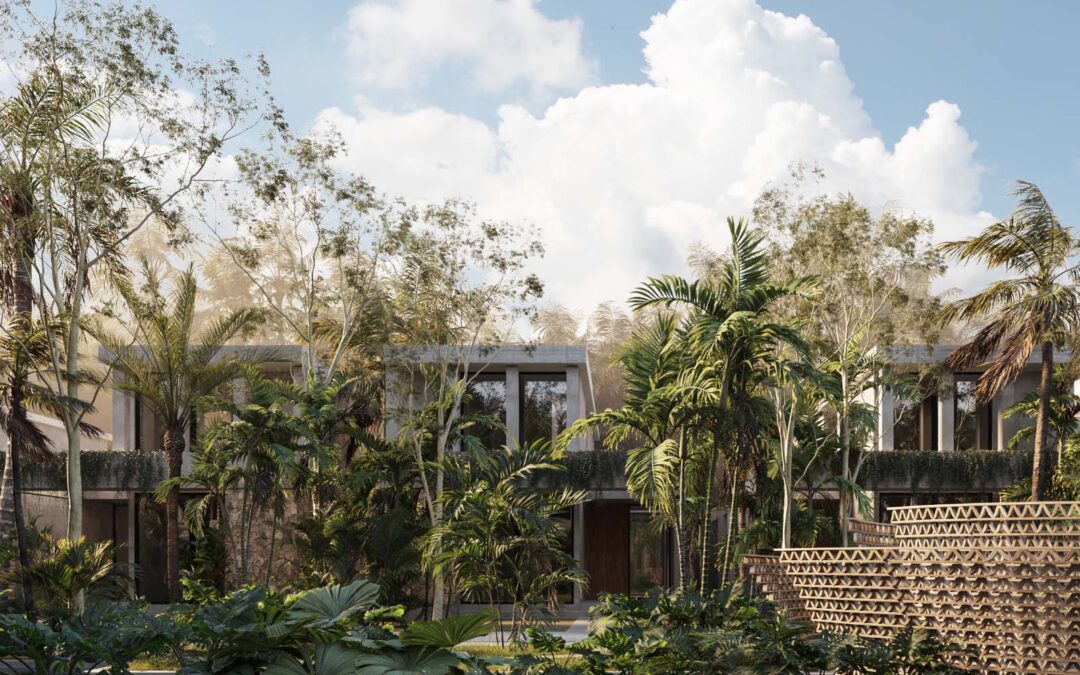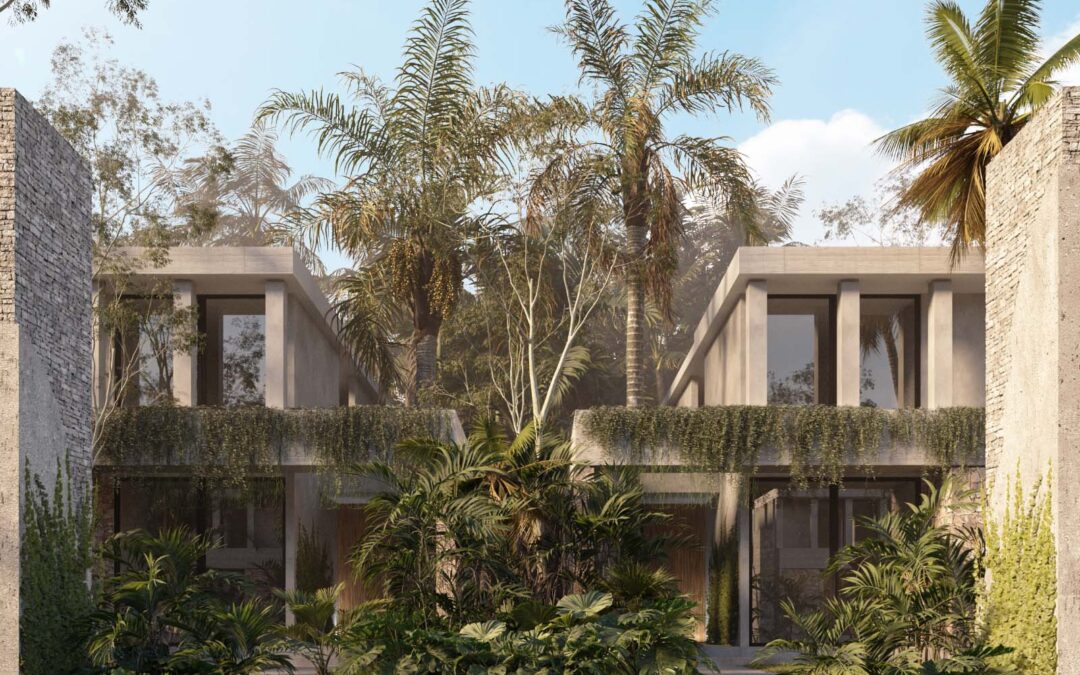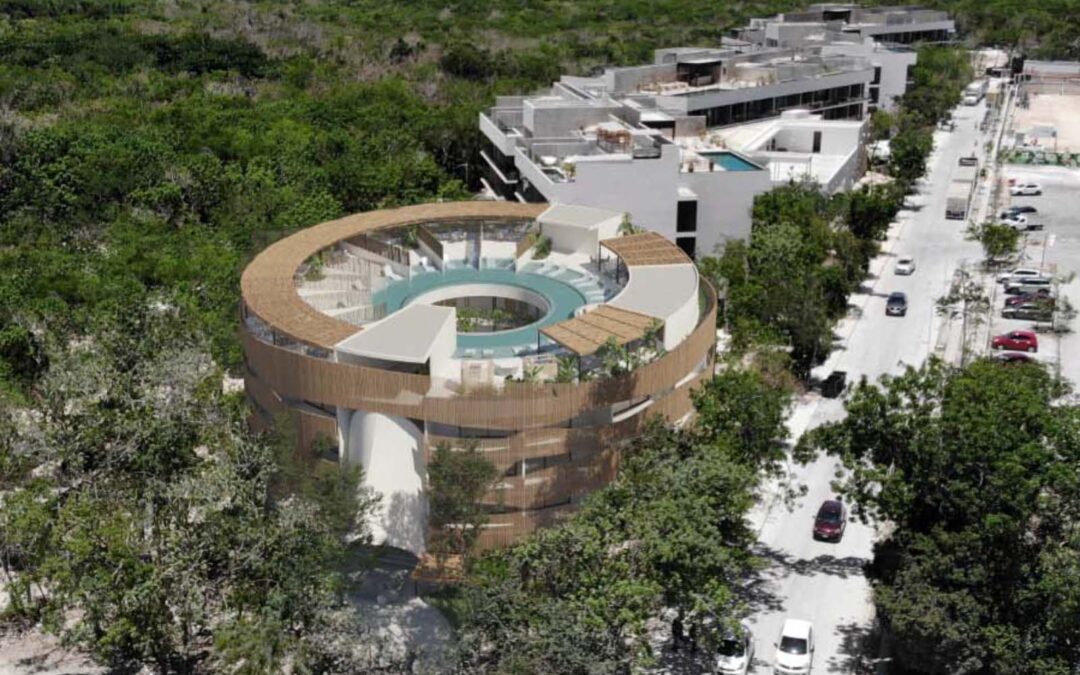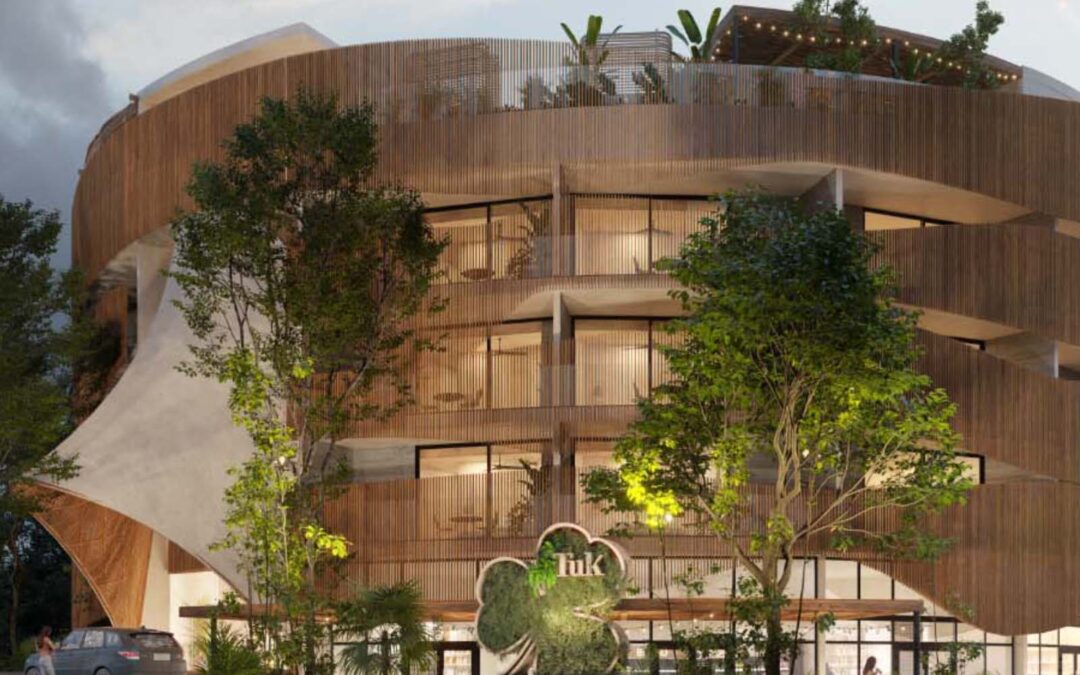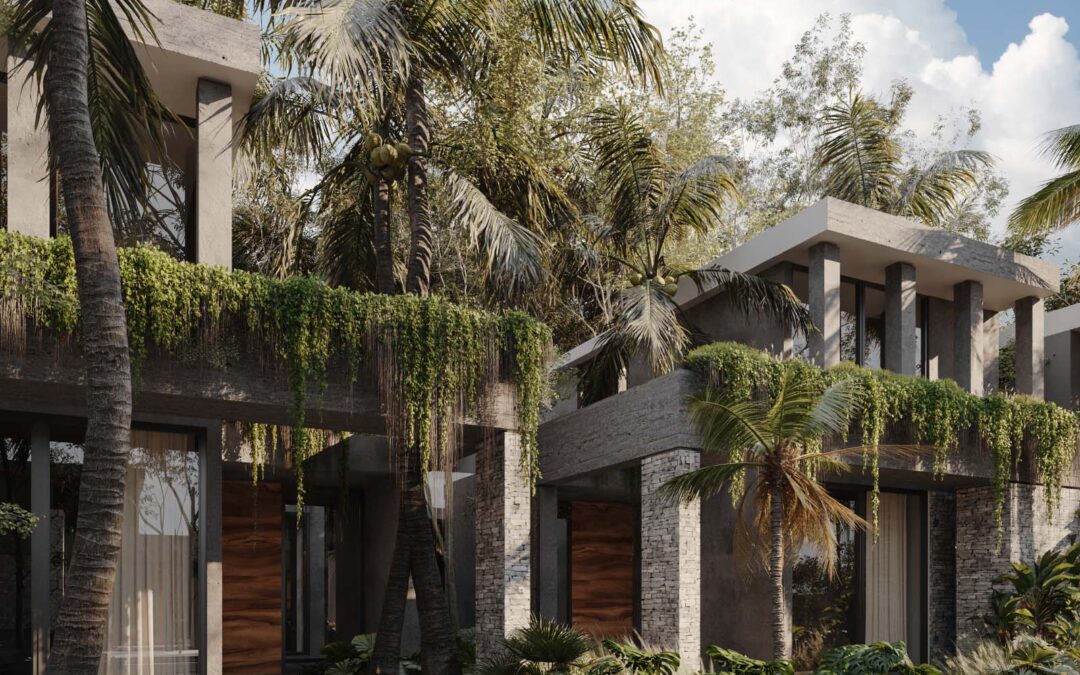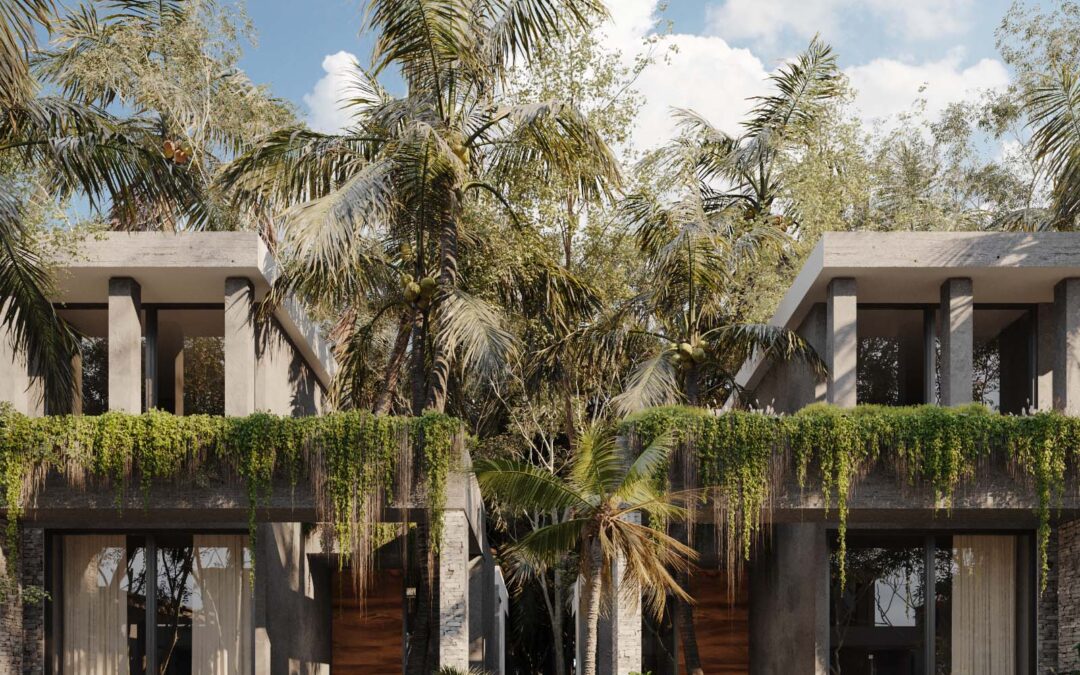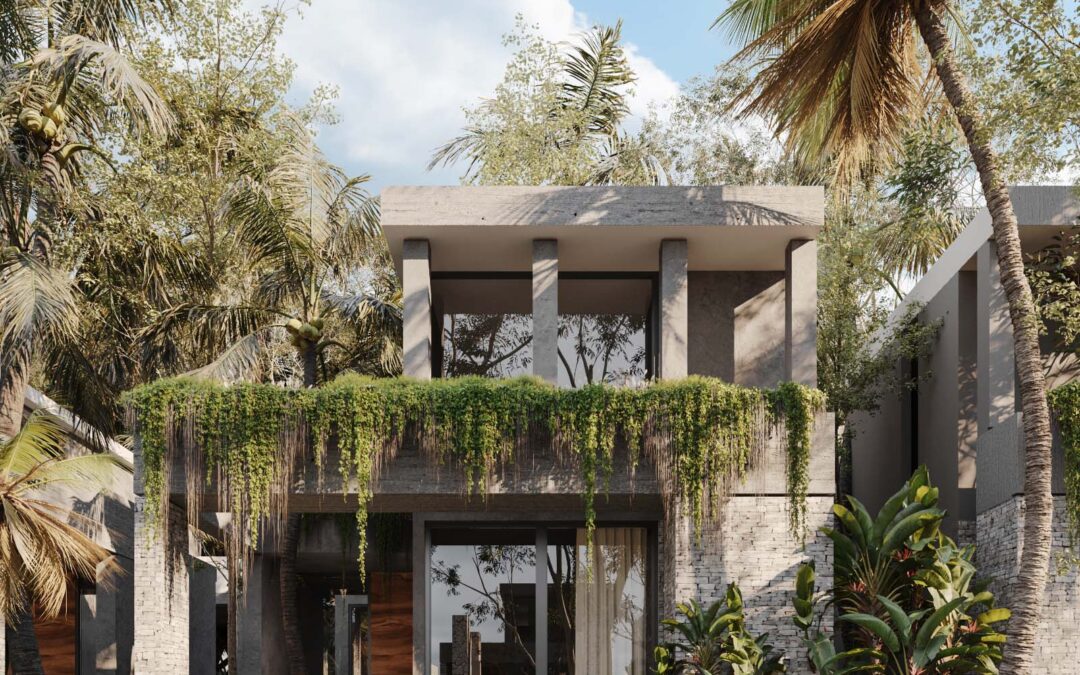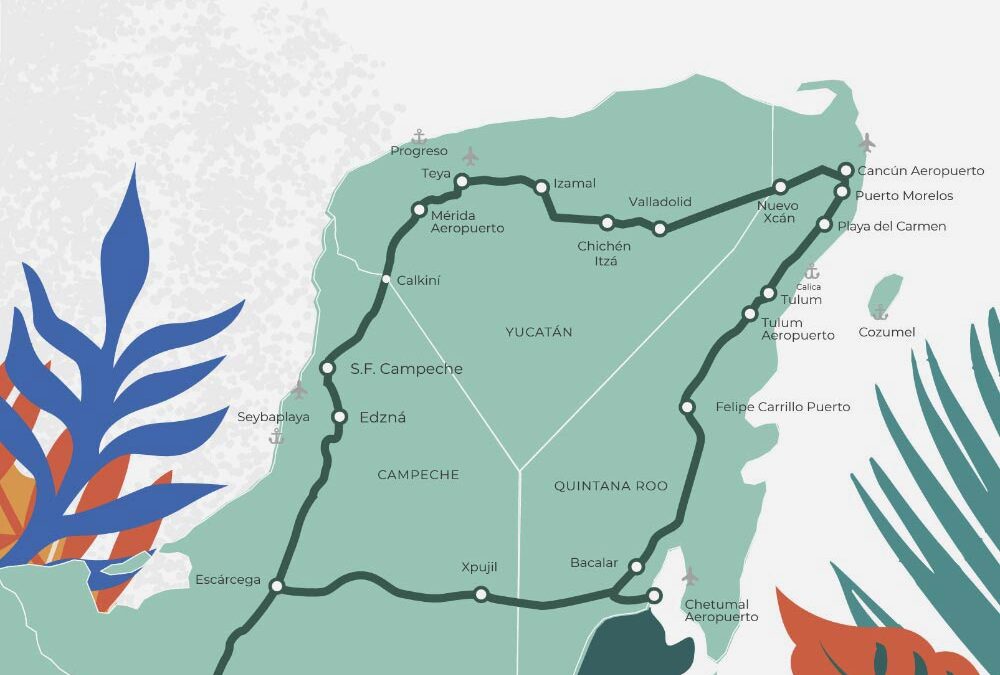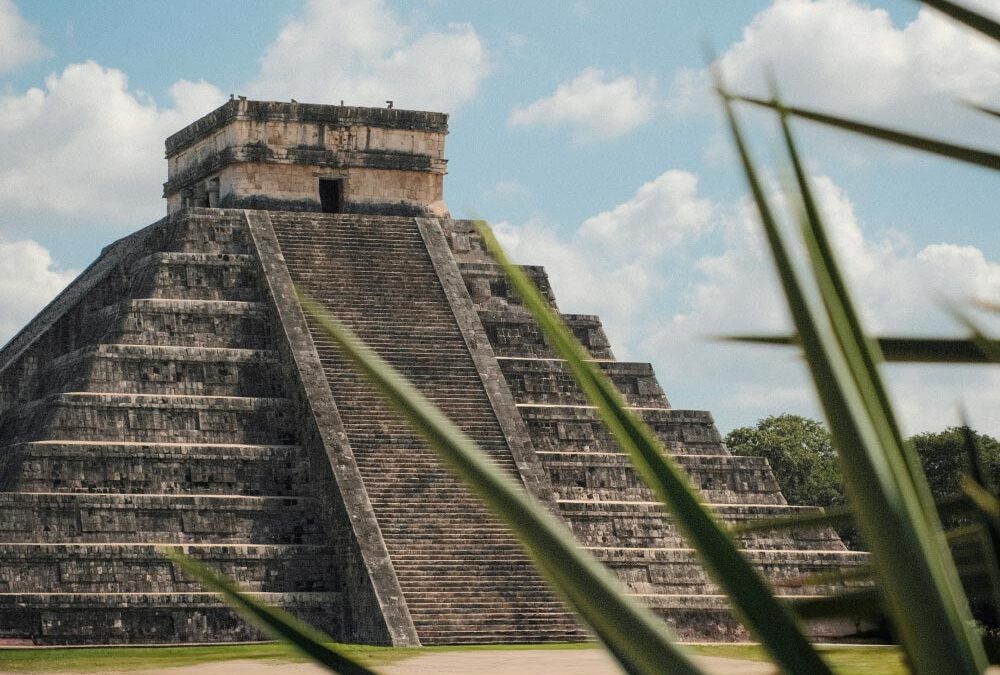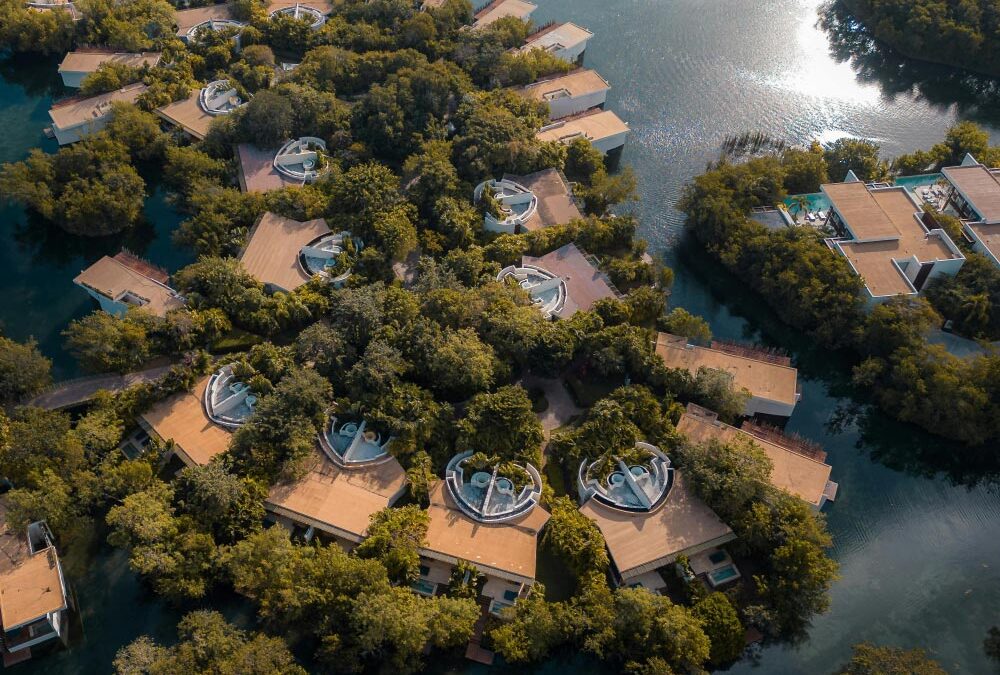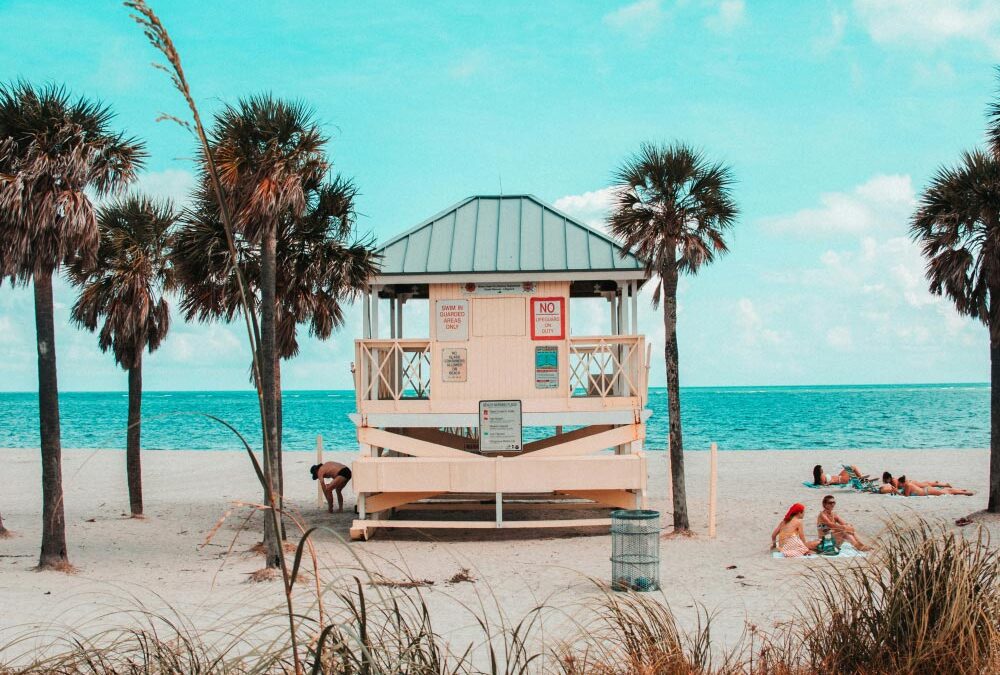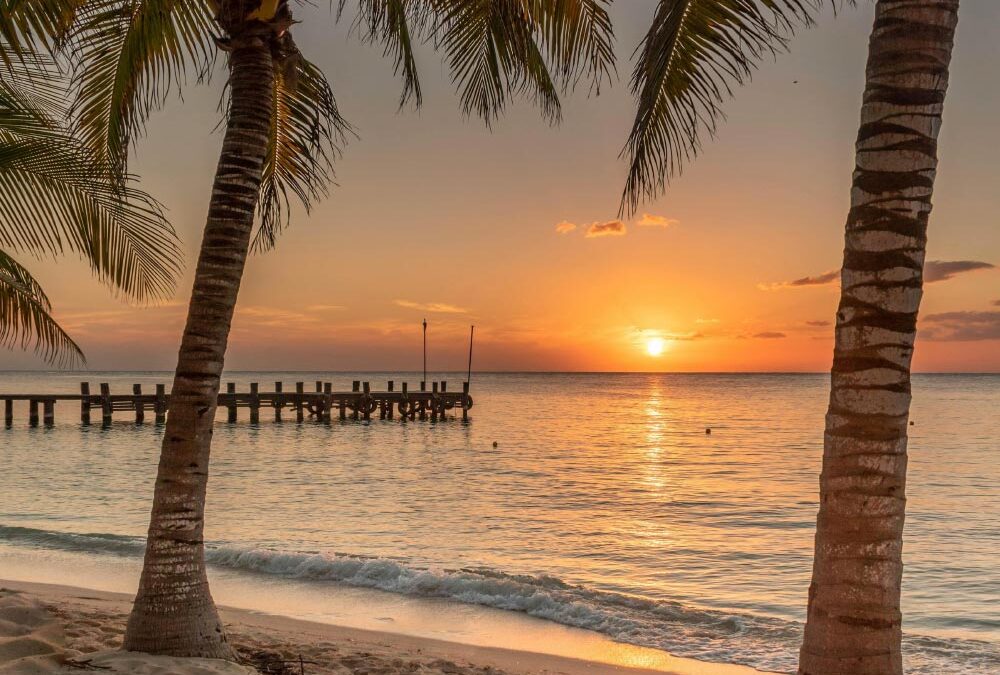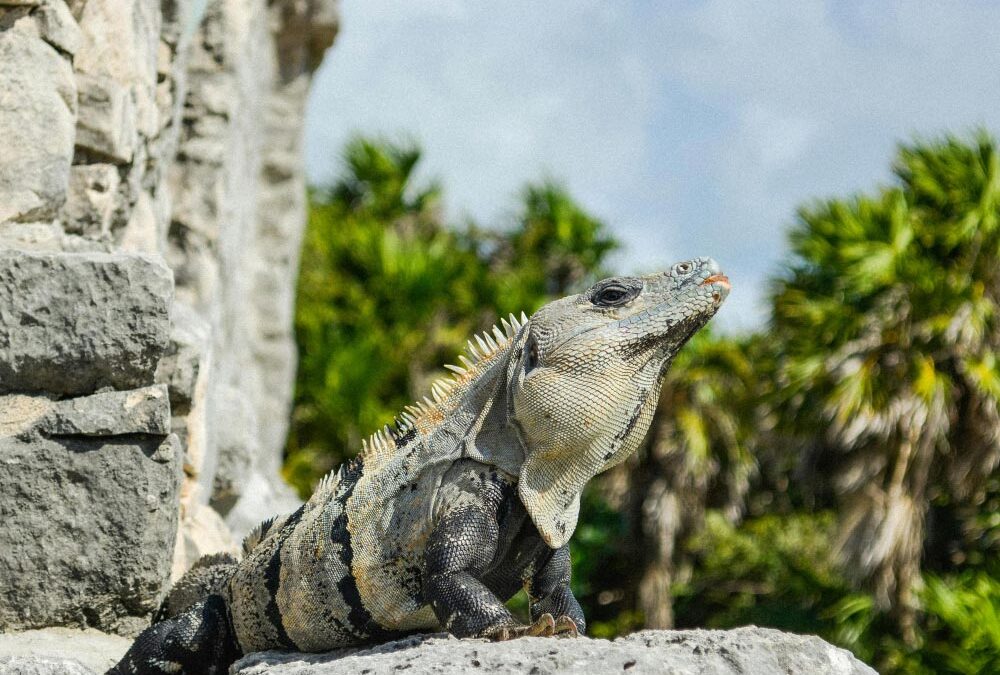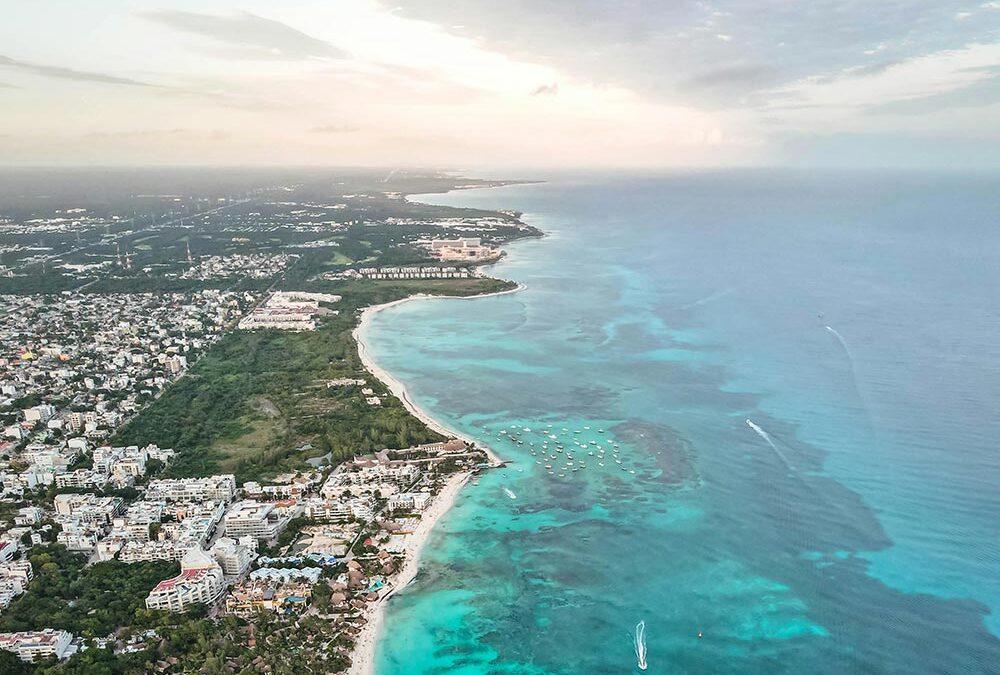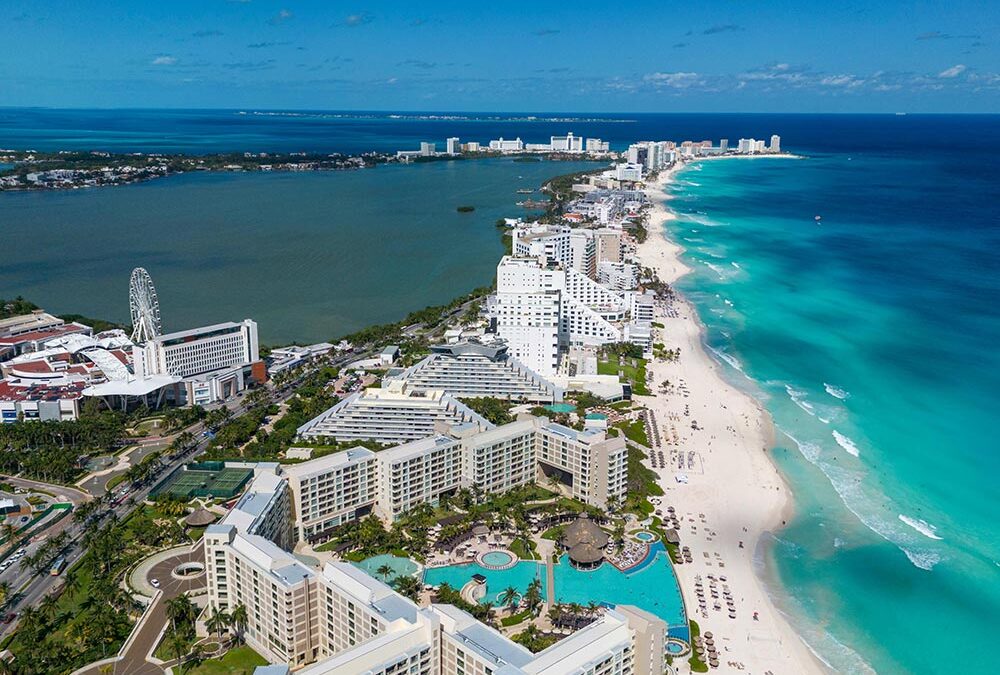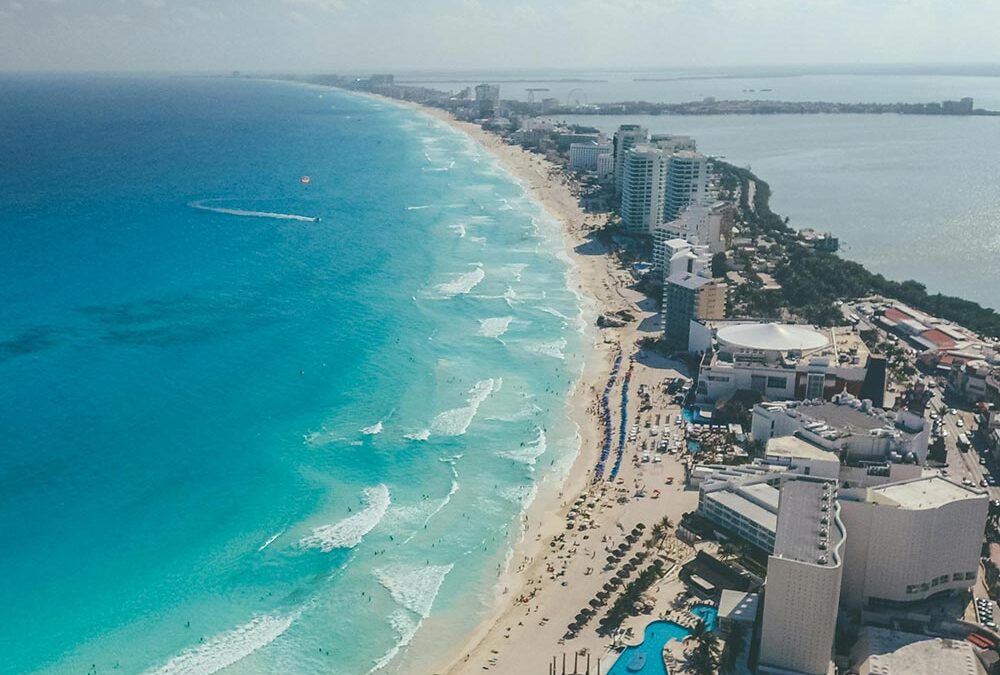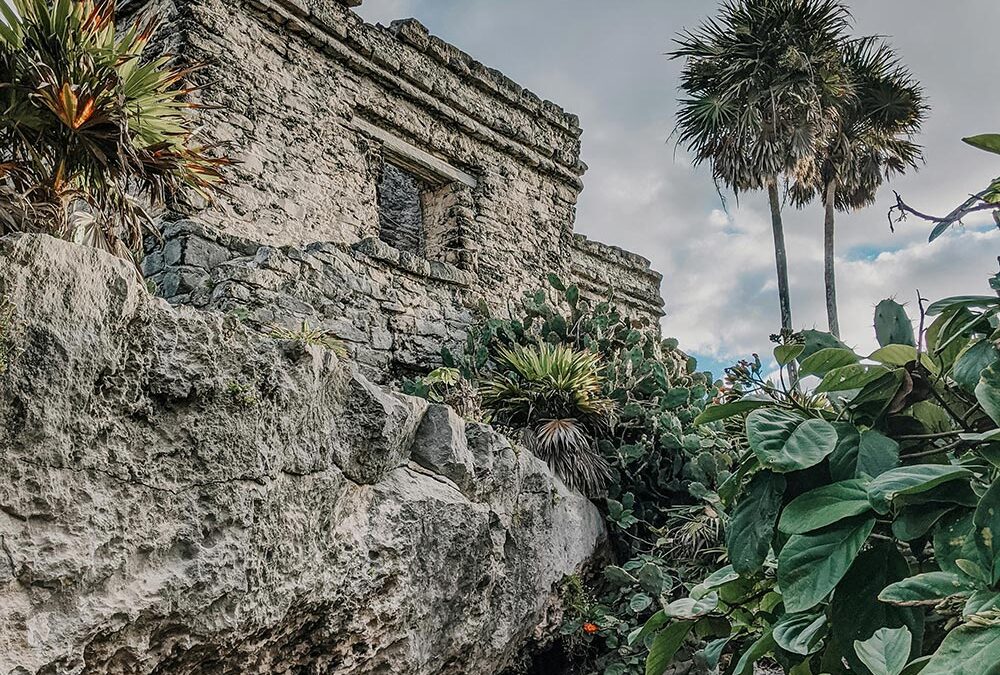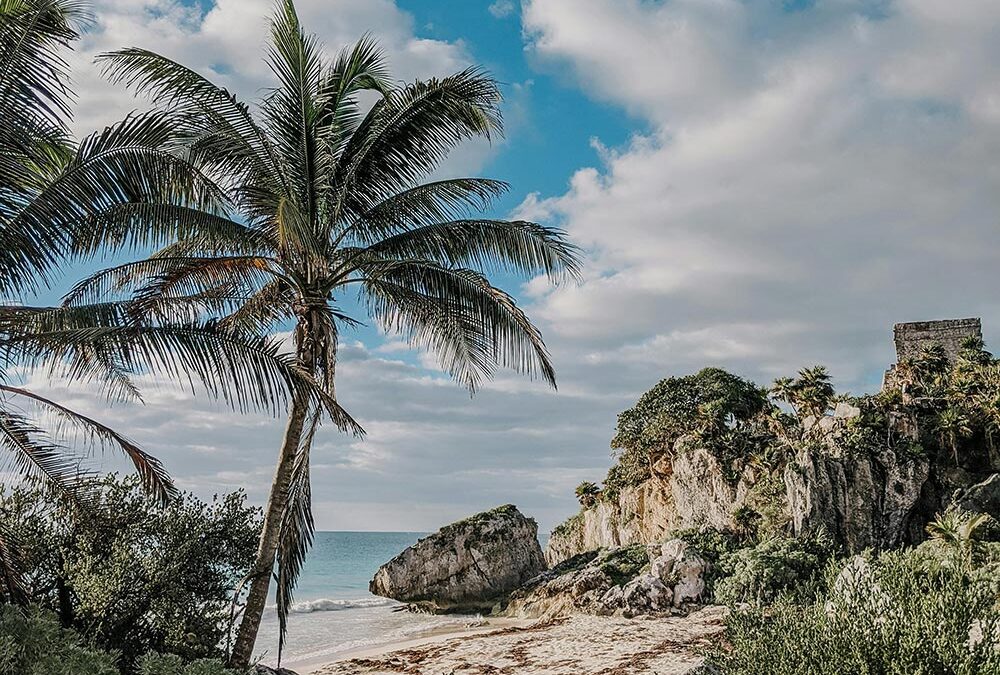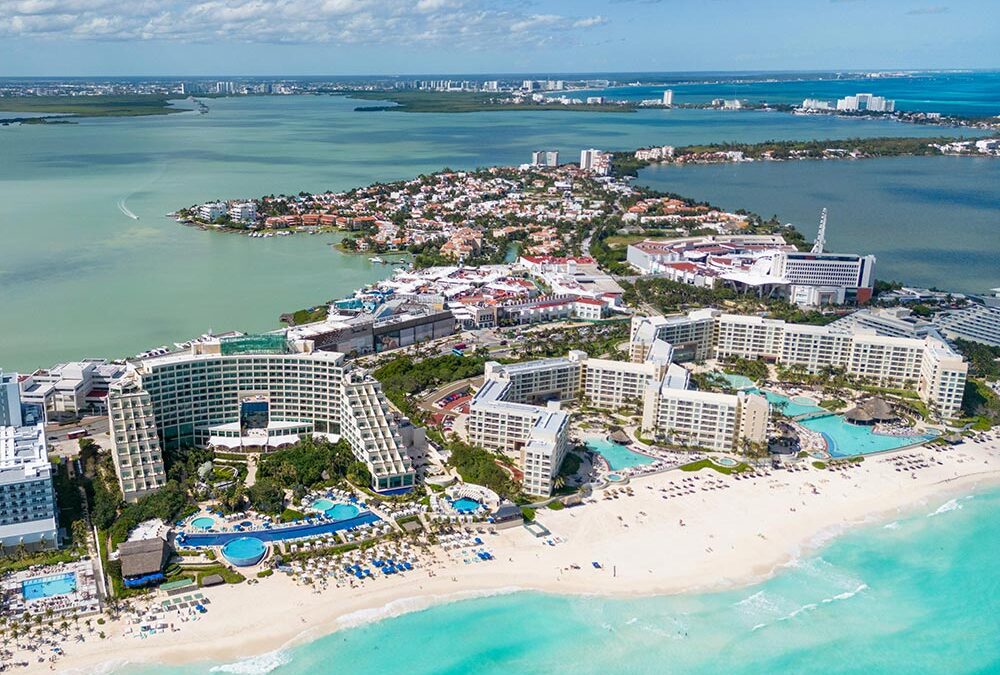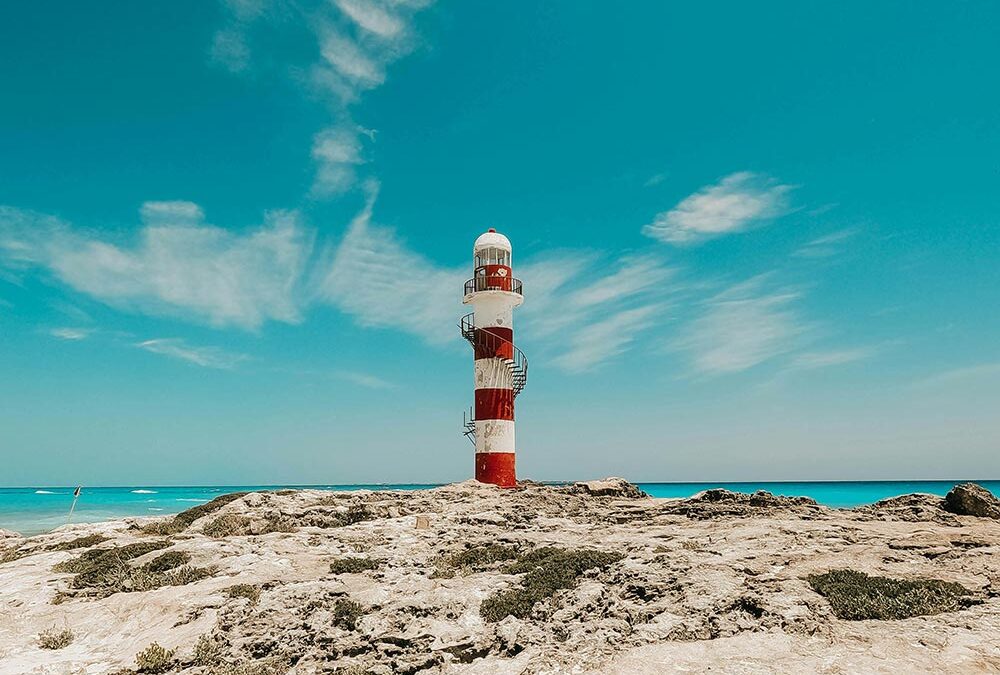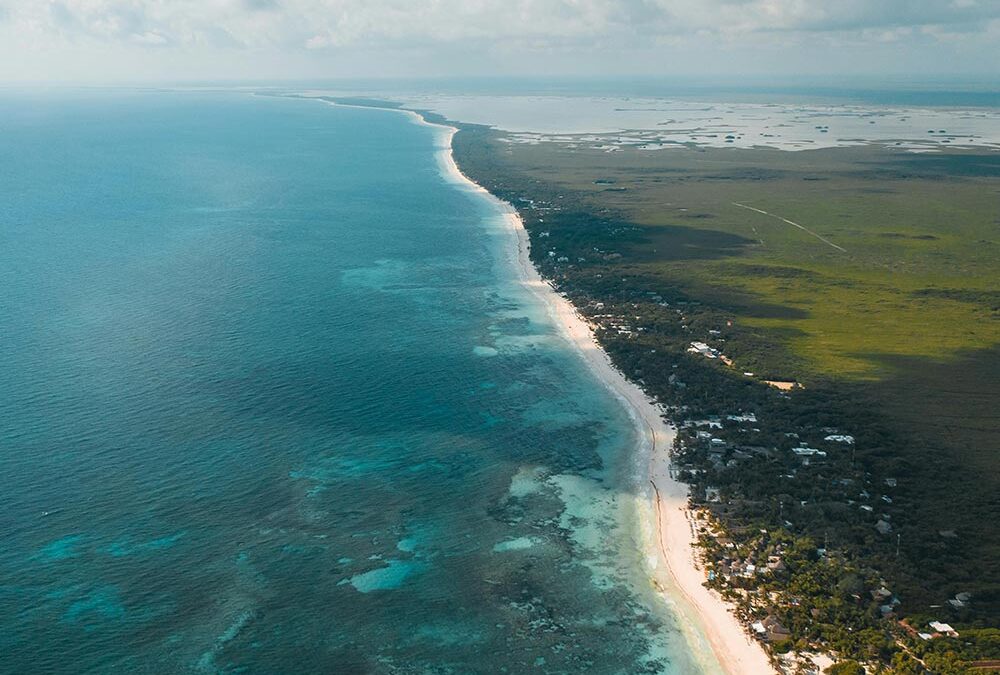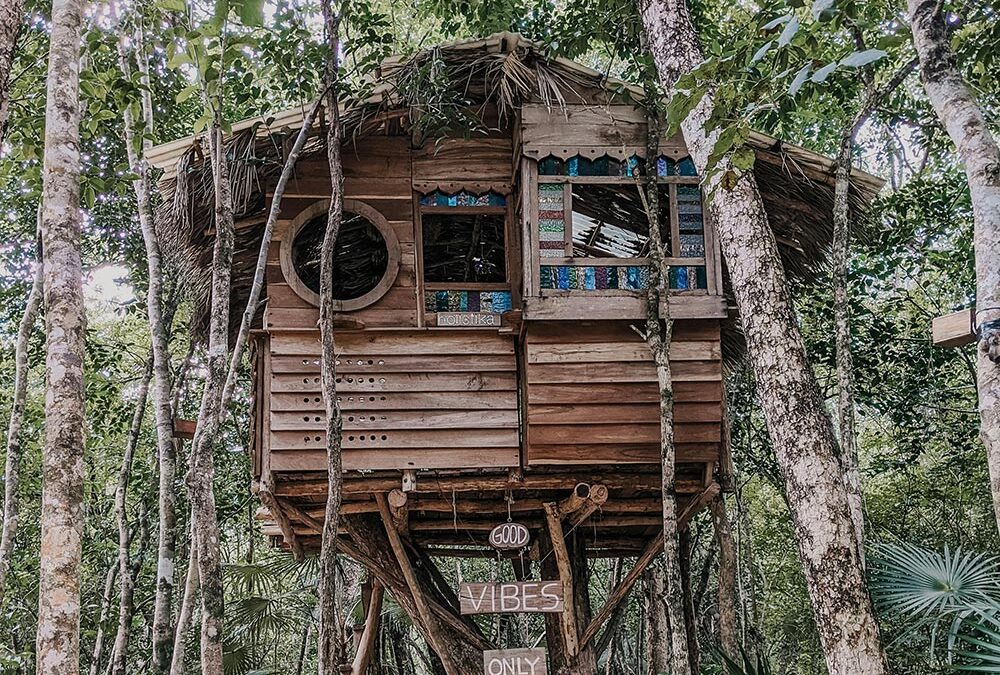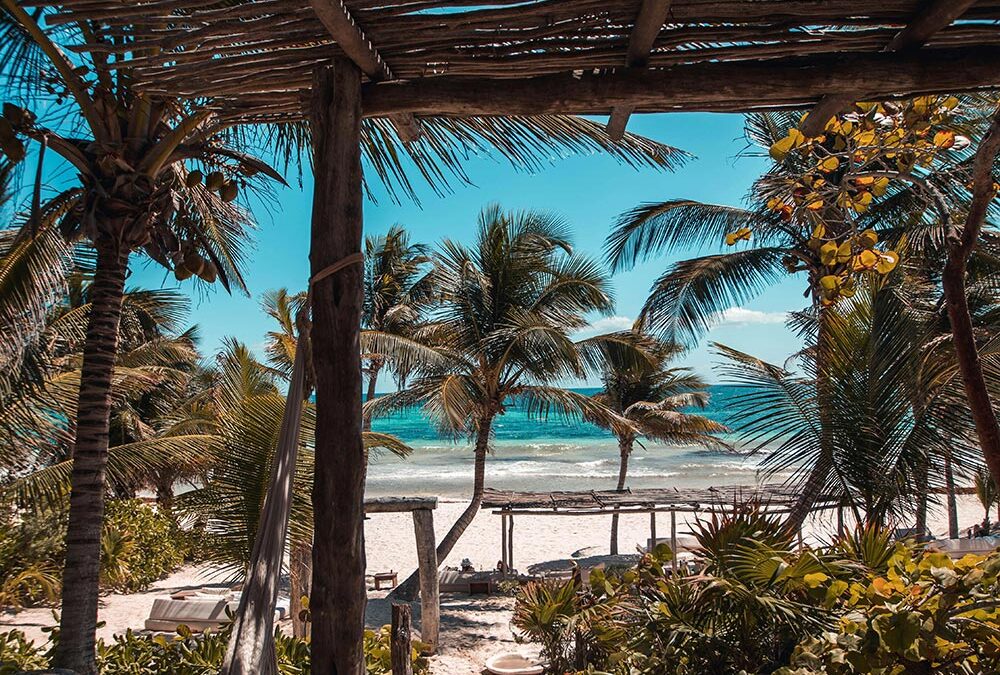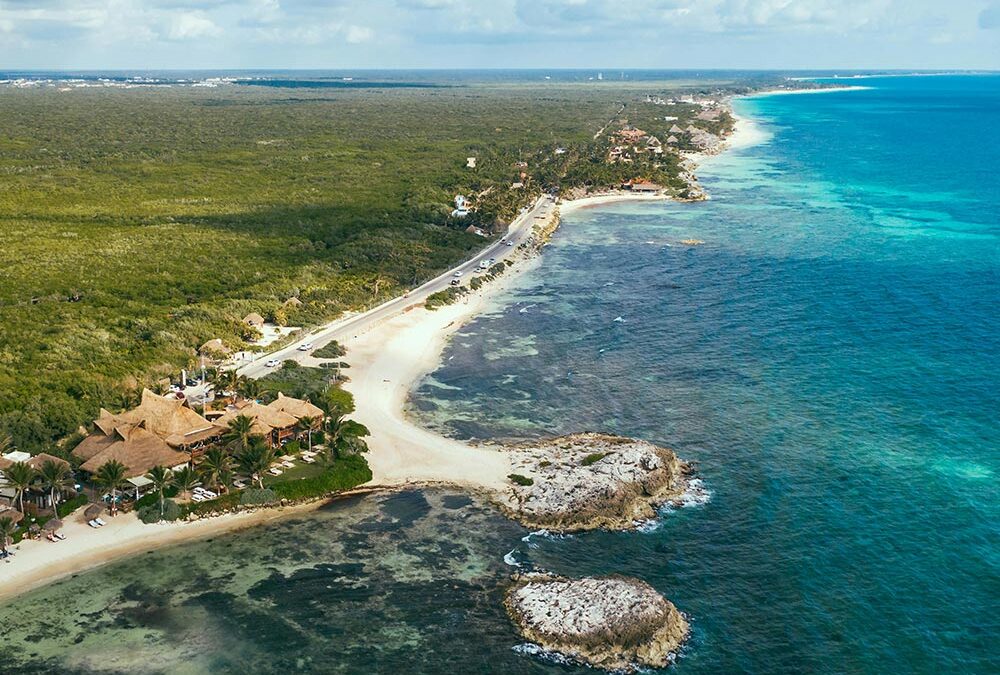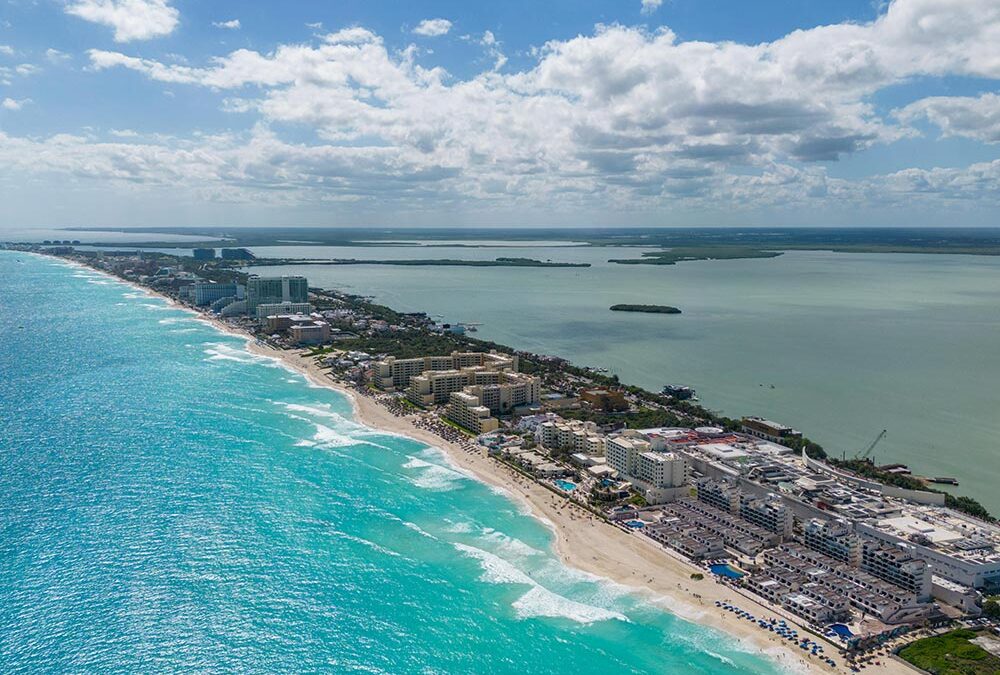Investors worldwide are constantly on the lookout for opportunities that offer sustainable and lucrative long-term returns. Riviera Maya real estate, nestled in Mexico’s premier tourist destination, has gained recognition for its robust growth and enduring appeal. Conversely, Bitcoin, the leading cryptocurrency, offers an entirely different investment profile: digital, volatile, and speculative. In this article, we will examine why the tangible, predictable nature of Riviera Maya real estate outshines Bitcoin’s volatile allure, particularly for those focused on building lasting wealth.
Real Estate vs. Cryptocurrency
Real estate has always been a cornerstone of wealth creation, offering stability and consistent growth across generations. Riviera Maya real estate, in particular, benefits from a flourishing tourism industry, year-round warm weather, and Mexico’s growing status as a global vacation and retirement hotspot. Properties in this region cater to a range of buyers, from retirees seeking beachfront serenity to short-term rental investors capitalizing on a booming Airbnb market. Meanwhile, Bitcoin emerged in 2009 as a disruptive financial instrument, offering decentralization and potential for exponential returns. Despite its appeal, Bitcoin’s lack of physical presence and wild price swings make it a more speculative choice for investors.
For investors deciding between the two, understanding the benefits of tangible, utility-rich real estate against the high-risk, intangible nature of cryptocurrency is critical. This decision involves assessing not just potential returns but also the risks, stability, and utility each asset offers in the long term.
Market Stability and Predictability
Riviera Maya Real Estate: A Stable Investment
The Riviera Maya is among the fastest-growing real estate markets in Latin America, driven by an influx of both tourists and expatriates. Key locations such as Playa del Carmen, Tulum, and Cancun see millions of visitors annually, boosting demand for vacation properties and long-term rentals. The Mexican government has committed billions of dollars to infrastructure projects like the Maya Train and new international airports, further enhancing accessibility and economic growth. These developments provide a stable foundation for real estate investors, ensuring long-term appreciation of property values.
Even during global downturns, the Riviera Maya real estate market has shown resilience. For example, during the COVID-19 pandemic, the region experienced a quick recovery due to its appeal as a remote working hub and its affordability compared to North American markets. This consistency offers investors a sense of security rarely found in other asset classes.
Bitcoin: Unpredictable Volatility
Bitcoin’s value is notoriously volatile, with massive price swings triggered by market sentiment, regulatory news, or macroeconomic factors. For example, in 2021, Bitcoin surged from approximately $30,000 to over $60,000 within six months, only to lose half its value shortly after. While these fluctuations can present opportunities for short-term traders, they create uncertainty for long-term investors. Furthermore, Bitcoin’s dependency on speculative demand rather than inherent utility contributes to its unpredictability, leaving its future value largely uncertain.
Unlike real estate, Bitcoin lacks external drivers like government-backed infrastructure projects or population growth to stabilize its value. Its dependence on technological developments and the shifting preferences of institutional investors further complicates its market dynamics.
Asset Tangibility and Utility
Real Estate: Tangible and Functional
Real estate stands out as a tangible asset that investors can see, touch, and utilize. Riviera Maya properties, in particular, offer multiple income streams. Vacation rentals are in high demand, with occupancy rates often exceeding 70% and daily rental prices ranging from $150 to $500, depending on the property. These cash flows provide a steady income source, especially for investors targeting tourists seeking short-term stays. Additionally, real estate serves as a hedge against inflation since property values and rental rates typically rise with the cost of living.
Beyond financial returns, owning a property in the Riviera Maya allows investors to enjoy personal use. Whether as a vacation home, a retirement retreat, or a second residence, the utility of real estate goes beyond monetary gain, making it a versatile investment option.
Bitcoin: A Digital Asset
Bitcoin, as a digital asset, lacks the physical presence and utility of real estate. Its primary use is as a store of value or medium of exchange in certain online ecosystems. While proponents argue that Bitcoin can act as “digital gold,” its lack of inherent utility limits its practical applications. Moreover, its dependence on technology introduces risks, such as hacking, cyber theft, and loss of access to digital wallets. These vulnerabilities underline the challenges of holding Bitcoin as a long-term investment compared to tangible assets like real estate.
Return on Investment: A Comparative Analysis
Riviera Maya Real Estate ROI
Investors in Riviera Maya real estate can expect consistent and attractive returns. Rental yields typically range from 8% to 12% annually, driven by high tourism demand. Furthermore, property values in the region have appreciated by 5% to 10% per year over the last decade. For instance, beachfront properties purchased in 2015 for $300,000 are now valued at $450,000 or more, providing substantial capital gains alongside rental income.
In addition to financial gains, investors benefit from tax incentives, including Mexico’s favorable tax policies for foreign property owners. Many investors reinvest rental income into property improvements, further boosting value and ensuring long-term profitability.
Bitcoin ROI
Bitcoin’s ROI can be phenomenal during bull markets but is highly inconsistent. Early adopters saw returns of over 10,000%, yet more recent investors have faced sharp declines. For example, during the 2018 bear market, Bitcoin fell by over 80% from its peak, erasing much of the gains for latecomers. While its ROI potential cannot be ignored, the inability to predict its trajectory makes it a risky choice for long-term planning. Investors must also account for transaction fees, capital gains taxes, and the possibility of market manipulation, all of which can erode returns.
Case Study: A Successful Riviera Maya Investment
In 2016, John and Lisa, a couple from the United States, purchased a villa in Tulum for $400,000. Over the next seven years, the property appreciated to $700,000 due to Tulum’s growing popularity among eco-tourism enthusiasts. By listing the villa on Airbnb, they earned $60,000 annually in rental income, maintaining an 80% occupancy rate during peak seasons. After accounting for property management and maintenance expenses, their net income from rentals averaged $45,000 per year.
By 2023, John and Lisa’s total ROI, including capital appreciation and rental income, exceeded 18% annually. Compared to the erratic performance of Bitcoin over the same period, their Riviera Maya investment provided stable and substantial returns, reaffirming the value of real estate as a long-term wealth-building asset.
Conclusion
Riviera Maya real estate emerges as a clear winner for long-term investors, offering stable appreciation, consistent income streams, and tangible value. While Bitcoin’s high-risk, high-reward profile may appeal to speculative traders, its volatility and lack of utility make it less reliable for those focused on sustained financial growth. By investing in Riviera Maya properties, individuals can secure predictable returns, enjoy tax advantages, and benefit from the intrinsic value of owning a physical asset in a growing market. For investors seeking long-term security, the Riviera Maya is a smart and enduring choice.
FAQs
Why is Riviera Maya real estate a better long-term investment than Bitcoin?
Riviera Maya real estate offers predictable cash flows, tangible value, and stable appreciation supported by tourism and infrastructure growth. Bitcoin, while profitable at times, is highly speculative and volatile, making it unsuitable for risk-averse investors.
What are the expected returns from Riviera Maya real estate?
Returns typically include 8-12% annual rental yields and 5-10% yearly property value appreciation, depending on location and market conditions.
Can Bitcoin ever replace real estate as an investment?
Bitcoin’s digital nature and volatility make it fundamentally different from real estate. While it can complement a diversified portfolio, it lacks the stability and tangible utility of property investments.
Is Riviera Maya a safe market for foreign investors?
Yes, Mexico has clear legal frameworks for foreign property ownership. Using a bank trust (fideicomiso) or a Mexican corporation, foreign investors can securely own property in Riviera Maya.
How does real estate hedge against inflation compared to Bitcoin?
Real estate benefits from rising rents and property values during inflation, preserving and growing wealth. Bitcoin’s performance during inflation is inconsistent, making it less reliable as a hedge.
